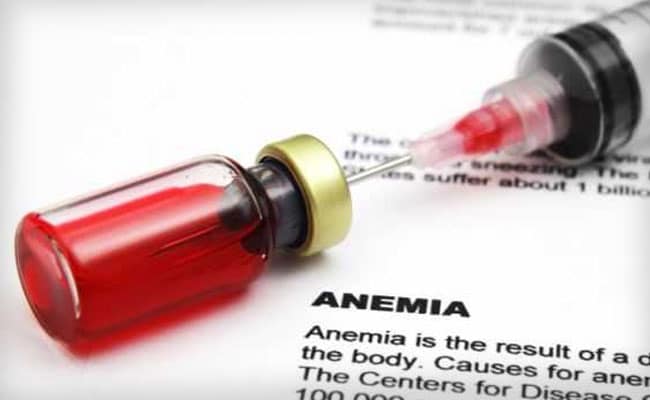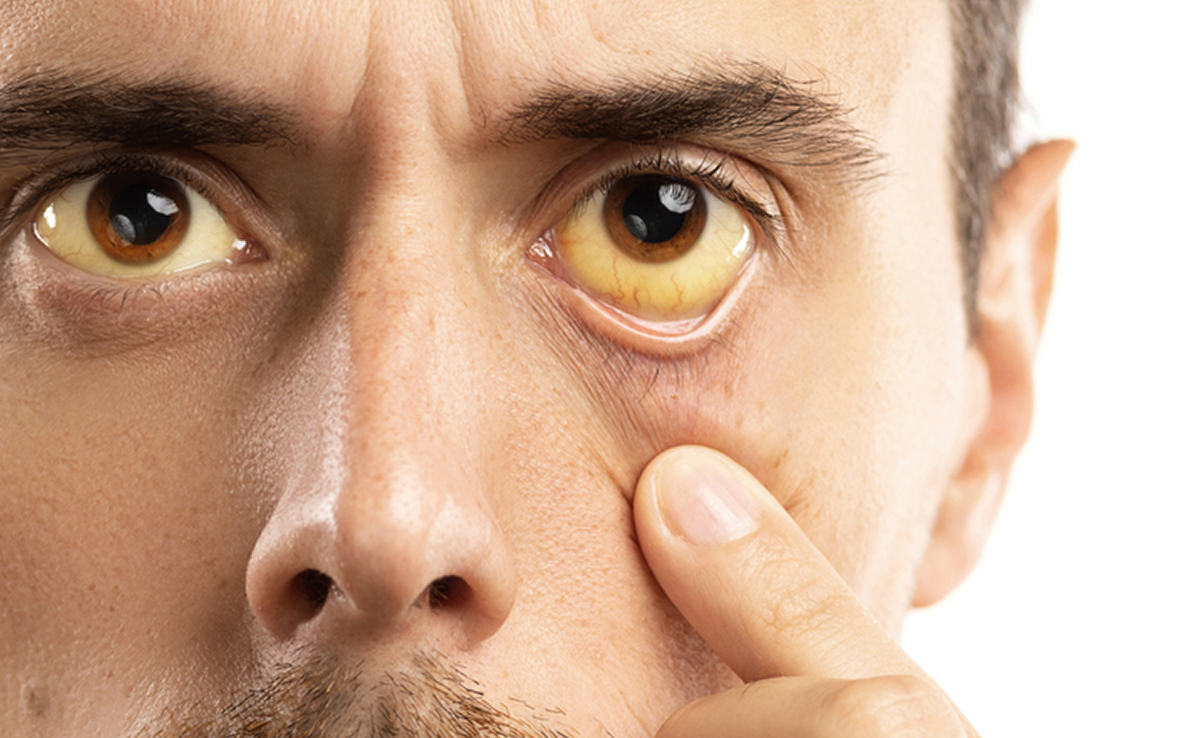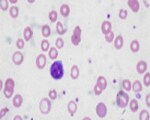Anaemia: Causes, Symptoms, Treatments, Prevention guide
Anaemia: Causes, Symptoms, Treatments, Prevention
What is it?
 Anaemia: Anaemia is a condition of lack of enough blood in the body
Anaemia: Anaemia is a condition of lack of enough blood in the body
Anaemia is a medical state of the body where the body lacks the adequate amount of red blood cells. Simply put, anaemia is a condition of lack of enough blood in the body. Anaemia may have causes of its own but it mostly occurs when a person is suffering from other diseases. Cases of anaemia are common in pregnant women and during periods. Because of the absence of adequate levels of haemoglobin, there is a reduction in the amount of oxygen that flows in the bloodstream. Anaemia is often accompanied by weakness. Children below the age of 5 are also really prone to anaemia.
Anaemia is a condition in which the number of red blood cells (RBC) or the amount of haemoglobin in the blood is below ‘normal’ for age and sex of the individual. It is thus defined as a decrease in the red cell mass and is usually discovered and quantified by measurement of the RBC count, haemoglobin (Hb) concentration, and haematocrit (Hct). Anaemia is suggested in males with Hb levels less than 13 g/dl and in females with Hb levels less than 12 g/dl (less than 11.5 g/dl in pregnant women).
What are the causes?
 Anaemia: Dietary lack of iron is the most common cause of anaemia
Anaemia: Dietary lack of iron is the most common cause of anaemia
The 3 broad categories of anaemia are due to: a) decreased production of red blood cells, b) loss of blood (haemorrhage) or c) break-down of red blood cells (haemolysis) and a number of causes and diseases can be listed under each of these. Anaemia is a symptom of disease that requires investigation to determine the underlying cause. Mere treatment of anaemia will result in recurrence unless the condition causing it is treated. It is twice as common in women as in men, especially during the childbearing years, due to menstrual blood loss and multiple pregnancies. Anaemia is also very common in children due to their rapid growth, poor nutrition, food fads and presence of chronic illness. Nutritional anemia due to dietary lack of iron is the most common cause of anaemia women and children in our country, as iron is required to make haemoglobin. This deficiency is often exacerbated by concurrent excessive loss of iron from the body.Decreased production of red blood cells may be due to the lack of vitamin B12 or folic acid in the diet, diseases affecting the bone marrow like some viral infections or drugs, inherited blood diseases like thalassaemia or sickle cell anemia, chronic disease of kidney or joints, chronic infections, some hormonal disorders and cancers like leukemia. Blood loss may be due to gynaecological diseases in women, chronic worms in children, diseases of the gastro-intestinal tract like ulcers or polyps etc. Drugs or infection like malaria most commonly causes red cell breakdown.
What are the symptoms?
 Anaemia: Anaemia patients often experience fatigue
Anaemia: Anaemia patients often experience fatigue
The symptoms of anaemia depend on its severity, its rate of occurrence and presence of co-existing diseases. If it occurs gradually (chronic anaemia) as in nutritional deficiency or chronic disease, the body is able to adapt itself and the person may be able to function even with a low haemoglobin level. On the other hand, if anaemia occurs in a short period of time (acute anaemia) due to bleeding or red cell breakdown, the symptoms appear rapidly. There is usually a feeling of tiredness, lack of stamina, light-headedness and shortness of breath. The skin may appear pale along with pale palms, gums, eyes, and nails. There may be associated rapid heartbeat and chest pain. When anaemia results from break down of the red blood cells, there may also be jaundice, which causes a yellowing of the skin and eyes.
How is the diagnosis made?
The symptoms of anaemia are not distinct or specific while findings like paleness of skin and eyes are quite subjective. A simple blood test can confirm it. The work-up includes not just the estimation of haemoglobin but a complete blood count (which includes the red cell indices), estimation of reticulocyte count and a peripheral smear examination. This helps to quantify anaemia, suggest a cause and direct further investigations.
What is the treatment?
The treatment of anaemia depends on the underlying cause. In case of iron deficiency, treatment is with iron tablets. The cheapest and most effective form is ferrous iron. The side effects experienced on taking iron tablet are proportional to the amount of iron available for absorption. The iron preparation you take should contain between 30-100 mg elemental iron. Avoid enteric-coated or prolonged-release preparations. The dose you take should be sufficient to provide between 150-200 mg elemental iron per day and the tablet may be taken 2 to 3 times a day about 1 hour before meals. A glass of fruit juice aids in iron absorption.Though ferrous sulphate is recommended to treat iron deficiency, often patients complain of gastrointestinal discomfort, bloating and other distress. Ferrous gluconate, which is roughly equivalent in cost, produces fewer problems, and is preferable as the initial treatment of iron deficiency. Polysaccharide-iron complex is a more recent option and most patients tolerate this form of iron better than the iron salts, even though the 150 mg of elemental iron per tablet is substantially greater than that provided by iron salts (50 to 70 mg per tablet).The treatment should be continued for 3 months after the haemoglobin has returned to normal so that the body iron stores are replenished. Response to treatment is confirmed by doing a reticulocyte count after 10-12 days of treatment and the rate of rise of haemoglobin (with adequate dose of iron about 1 g/dl per week).
What is the homecare treatment?
Follow the doctor's advice for treating anaemia and any underlying cause: Take the medication for as long as advised. Iron-deficiency anaemia is often caused by consuming diets low in iron. Most iron is obtained from foods in our diet, but only 1 mg of iron is absorbed for every 10 to 20 mg of iron ingested. A person unable to have a balanced iron-rich diet may suffer from some degree of iron-deficiency anaemia. Absorption of iron from food is influenced by many factors. One important factor is the form of the dietary iron. The iron found in animal sources is called haeme (ferrous, Fe 2+) while that obtained from plant sources is non-haeme (ferric Fe 3+) iron. Haeme iron (meat and meat products) is highly available for absorption and usually 20-30% of it is absorbed from the diet. The level of haeme iron absorption is relatively unaffected by other dietary factors. In contrast, non-haeme iron of vegetable sources (cereals, green vegetables, pulses, dried fruits etc.) is relatively poorly absorbed (usually less than 10% of dietary intake and often under 5%). Its absorption is markedly influenced by an individuals iron status and dietary factors that can either inhibit or enhance it. Vegetarians thus need more iron in their diets than non-vegetarians and should choose several iron-rich plant foods daily. Grains, beans and lentils, vegetables (green-leafy ones, tomato, potato, green & red chillies etc), fruits, nuts and seeds are rich sources of non-haeme iron. The absorption of non-haeme iron can be improved when a source of haeme iron meat/fish/poultry is consumed in the same meal or iron absorption enhancing foods like fruits/fruit juices are consumed. But coffee/tea and calcium if consumed along with a meal impair iron absorption. Females, particularly those with heavy menstrual periods, must have a higher intake of iron to prevent anaemia. Iron deficiency in infants can cause problems in development affecting growth, memory and behavior. After weaning a child, used iron fortified products, iron supplements and add items rich in iron to the diet. Early introduction of cow’s milk and its consumption of more than 700 ml per day after the age of 1-year increase the risk of iron deficiency as this milk is low in iron content and may replace foods with higher iron content.
Anaemia: Causes, Symptoms, Treatments, Prevention News More News
- Novel Smartphone App Can Detect Anaemia Without Blood Test
- New guidelines for childhood iron needs
- Iron-deficiency linked to memory deficit
- High death risk among anaemic heart patients
- Breast milk fights stomach infections
- Iron-deficiency anaemia linked to stroke
- Iron deficiency can lead to chronic cough
- India to curb malnutrition by 2015
- Anaemia more common in diabetics
FAQ Related to Anaemia: Causes, Symptoms, Treatments, Prevention
................... Advertisement ...................
................... Advertisement ...................
................... Advertisement ...................
................... Advertisement ...................























